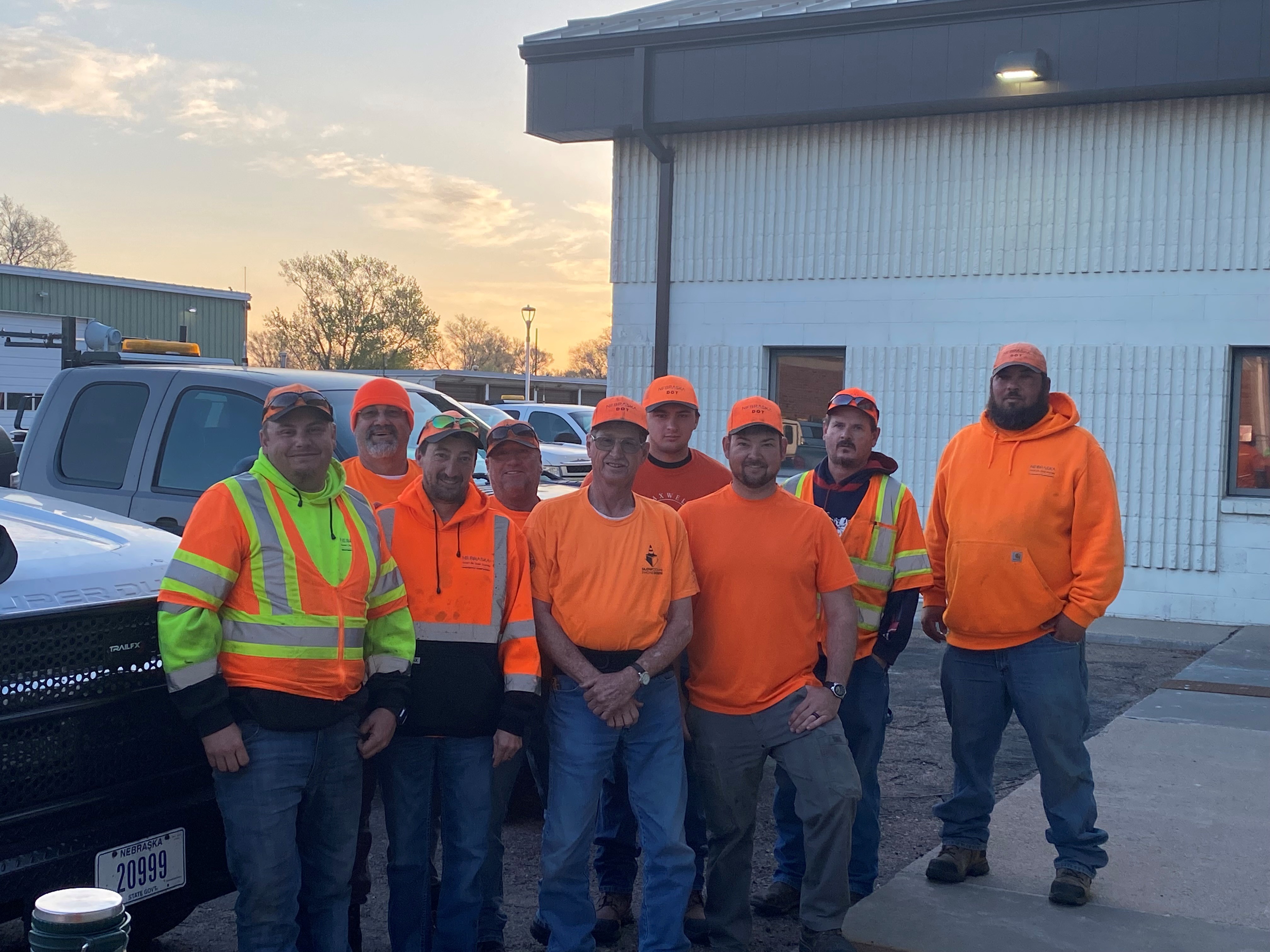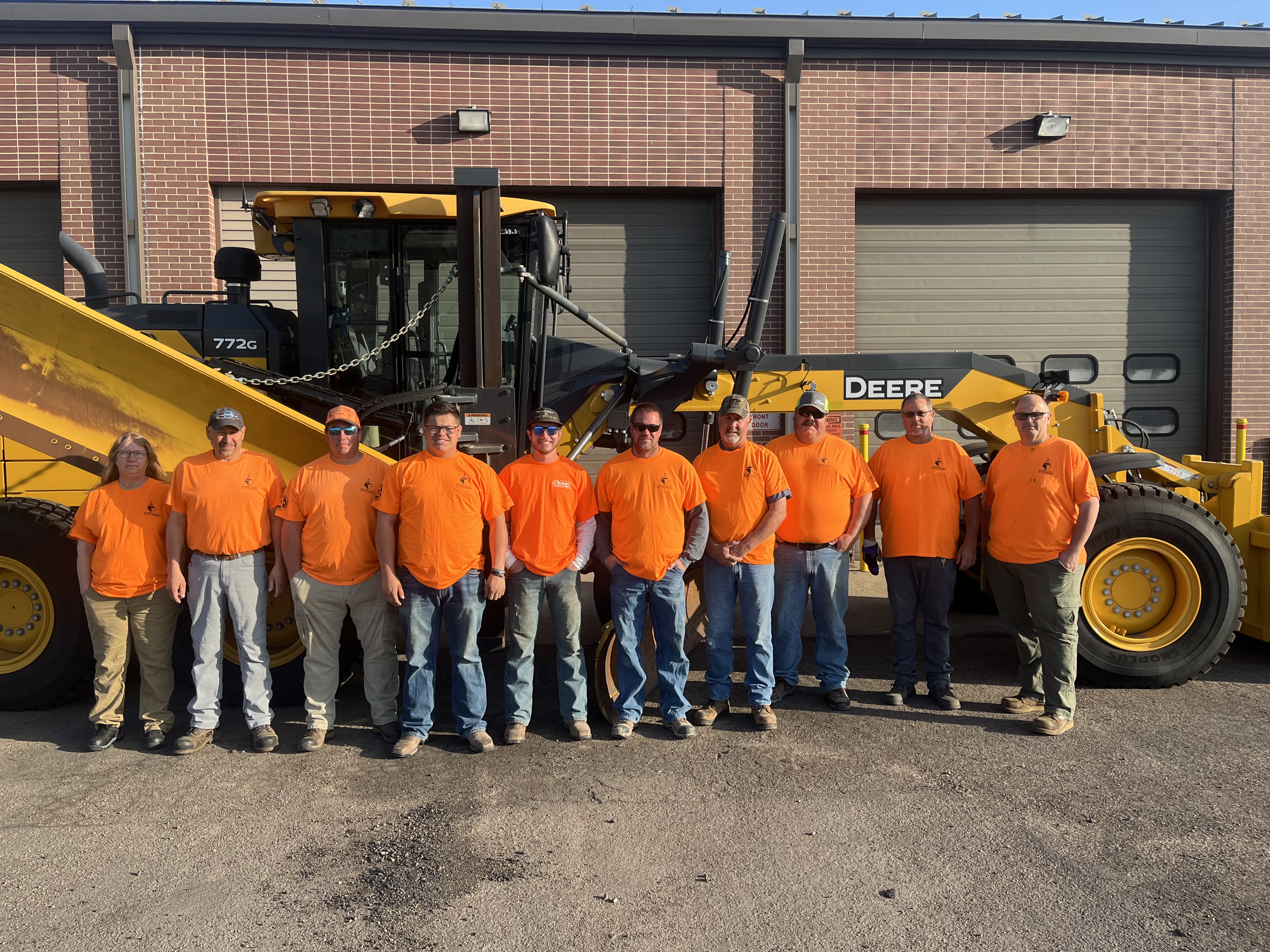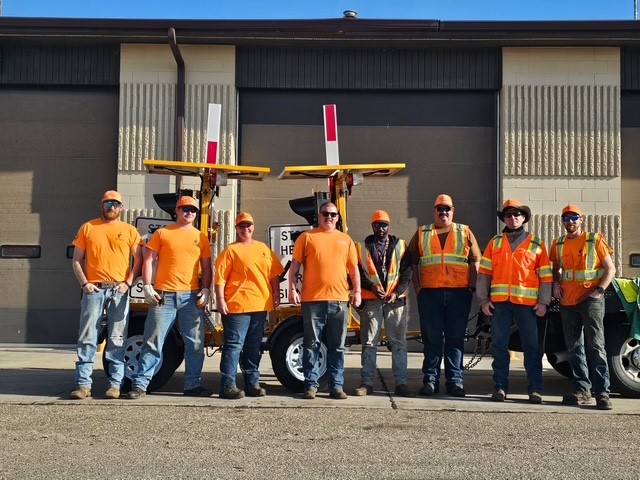Slow Down, Stay Alert: Lives Depend on It in Nebraska’s Work Zones

For many Nebraska drivers, encountering an orange cone or work zone sign becomes a familiar part of the daily commute, especially in spring when highway construction is in full swing. But behind those cones and signs are real people working hard to repair roads, and just like you, they want to make it home safely, too.
“When I started 25 years ago, a semi was flying through a work zone and the driver didn’t see me until the last second– it got scary fast,” said Jim Laughlin, the NDOT District 2 highway district operations and maintenance manager. “That moment stuck with me. It made me realize how dangerous this job can be. Now I strive to keep everyone safe, not just our crews, but everyone traveling. We want the public to be just as safe as we are.”
In 2024, there were 912 work zone crashes across Nebraska. Of those crashes, 285 resulted in injuries and seven lives were lost. This is a troubling reminder of how dangerous inattention can be for both drivers and road workers. With construction season in full swing across the state, the NDOT is reminding drivers that the need to stay alert and practice extra caution in and around work zones is critical now and will remain so through November, as road crews complete vital maintenance before the weather becomes too cold.
As a reminder of what’s truly at stake, the NDOT joined transportation agencies across the country for National Work Zone Awareness Week April 21-25. To promote this message, the NDOT participated in Go Orange Day on Wednesday, April 23 by wearing orange across the agency and sharing reminders about driving distractions and work zone safety on social media throughout the week. This year’s theme, “Respect the Zone So We All Get Home,” underscored the shared responsibility of ensuring safety in work zones.
“If every driver treated work zones as if friends and family were there, everyone would be much safer,” said Jacob Brooks, the NDOT District 2 highway maintenance crew chief.
That respect begins with understanding why work zones exist in the first place — and what’s being done to keep everyone safe. Maintenance crews set up work zones designed to protect both the traveling public and the workers on site. Warning signs, cones, barriers, flashing lights and high-visibility clothing create a safer environment for crews making repairs just feet away from live traffic. Reduced speed limits and flaggers help manage the flow of vehicles so crews can focus on making vital repairs safely and efficiently. These safety measures are essential to preventing crashes and saving lives.
“Safety is our number one goal,” Laughlin said. “We’ve lost employees while on the job in work zones in past years, and I don’t ever want to see that happen again.”
The NDOT urges all drivers to stay alert, slow down, buckle up and put your phone down.




Media Inquires
